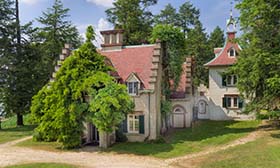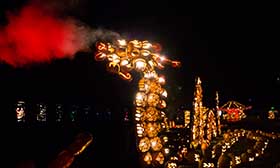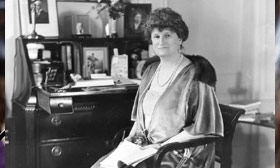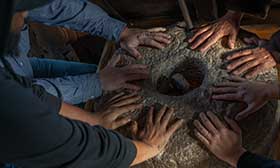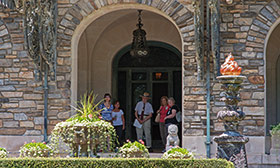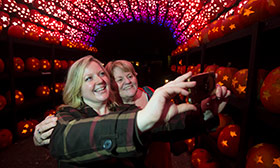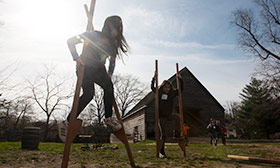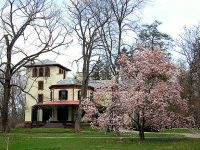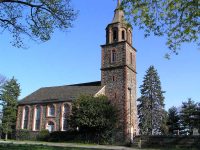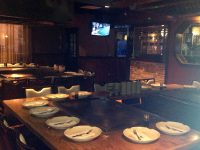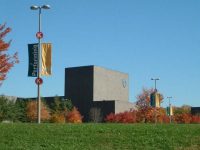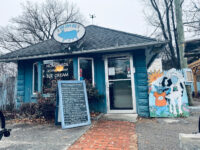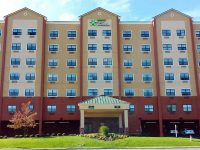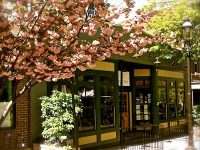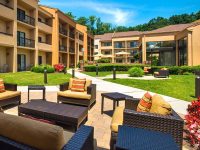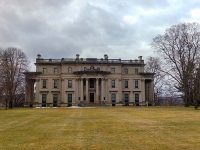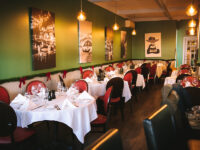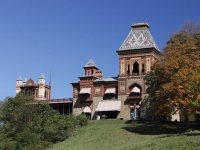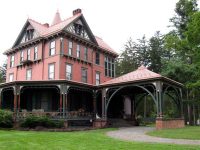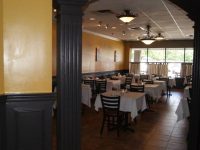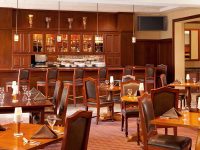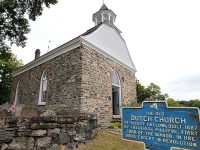This 200-acre estate overlooking the Hudson River features an 1851 Italianate villa and was the home of artist and inventor Samuel Morse.
An 18th-century church that was used as a military hospital during the Revolutionary War.
Japanese sushi and hibachi.
A theatre complex located on the campus of SUNY Purchase College.
Homemade ice cream using pure, local, and natural ingredients from Hudson Valley Fresh.
Amenities include fully equipped kitchen, on-premise laundry, and free grab-and-go breakfast.
In the heart of the village, right on Main Street. Features an ever-changing menu that incorporates ingredients from more than a dozen local farms. Lots of vegetarian options. Full bar. Bright and comfortable.
Located in the Westchester Marriott, this steakhouse features USDA prime steaks, chops, fresh seafood, and live Maine lobsters, and an award-winning wine list.
Featuring 120 rooms and 19 suites with free high-speed Internet. Complimentary breakfast, fitness center, indoor pool, lobby with fireplace, and two meeting/function rooms accommodating up to 40 people.
Enter the year 1750, when Philipsburg Manor was a thriving milling and trading complex that was home to 23 enslaved individuals of African descent.
The estate is a masterpiece of American Beaux-Arts design and an example of America’s Gilded Age. It sits on 200 acres with Hudson River views and formal gardens.

American classics with a Parisian twist.
The freshest locally sourced ingredients are crafted into delectable dishes and paired well with Italian or locally sourced wine or your favorite cocktail at this Italian restaurant.
Home of Hudson River School painter Frederick Edwin Church. The Victorian-style mansion was built in 1872 and has expansive views.
Queen Anne mansion and Calvert Vaux-designed landscape built in 1852.
Conveniently located in the Shop Rite plaza across from Van Cortlandt Manor, Pronto offers classic Italian favorites plus pizza (by the slice or full pie) and a bar.
Charming cafe with international dishes and gourmet shop.
Contemporary American fare and an extensive whiskey and bourbon list (hence the name). Located in the lobby of the Sheraton Tarrytown.
Built in 1685 by the lord of Philipsburg Manor, the Old Dutch Church is the oldest church in New York State. The church is open on many weekend afternoons in summer and fall. The Burying Ground is open year-round. Combine your visit with a trip to Philipsburg Manor, right across the street.

Casual Italian restaurant offering traditional pasta dishes and pizza.

